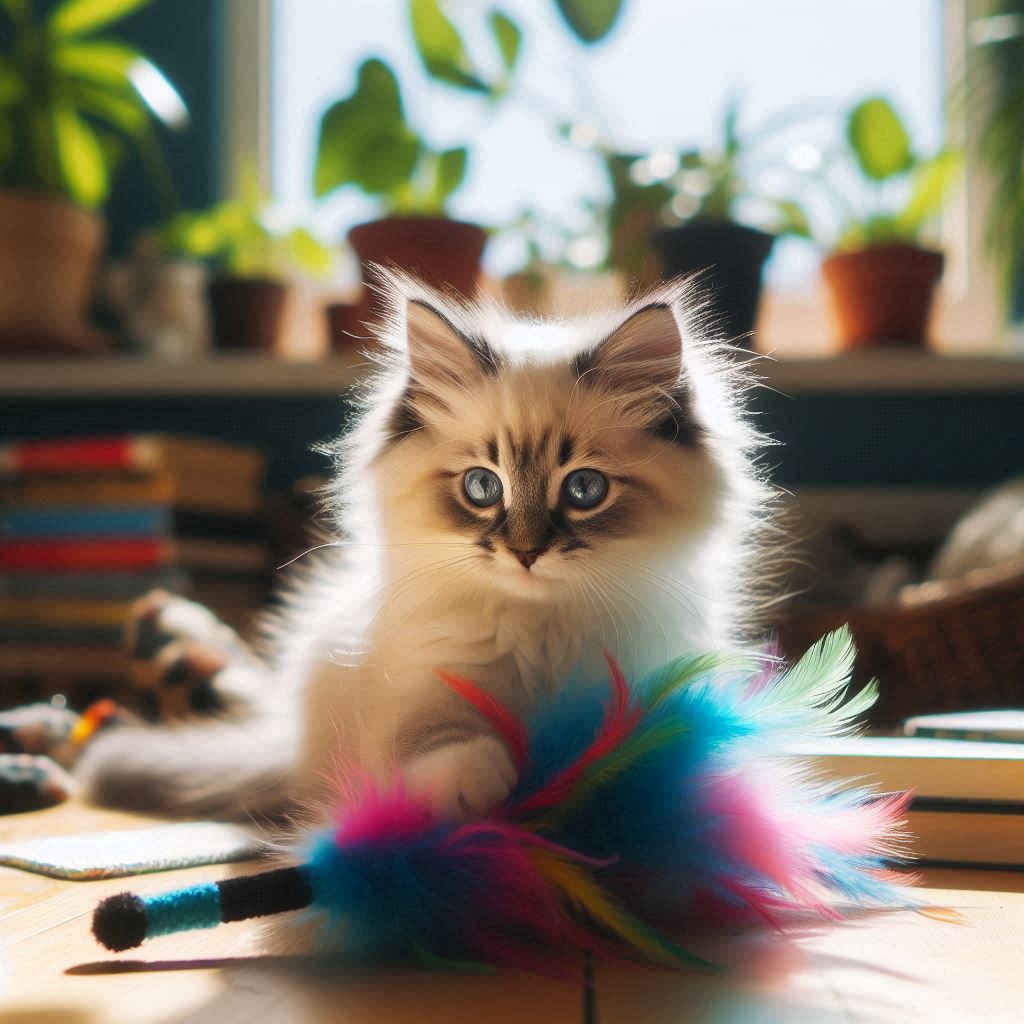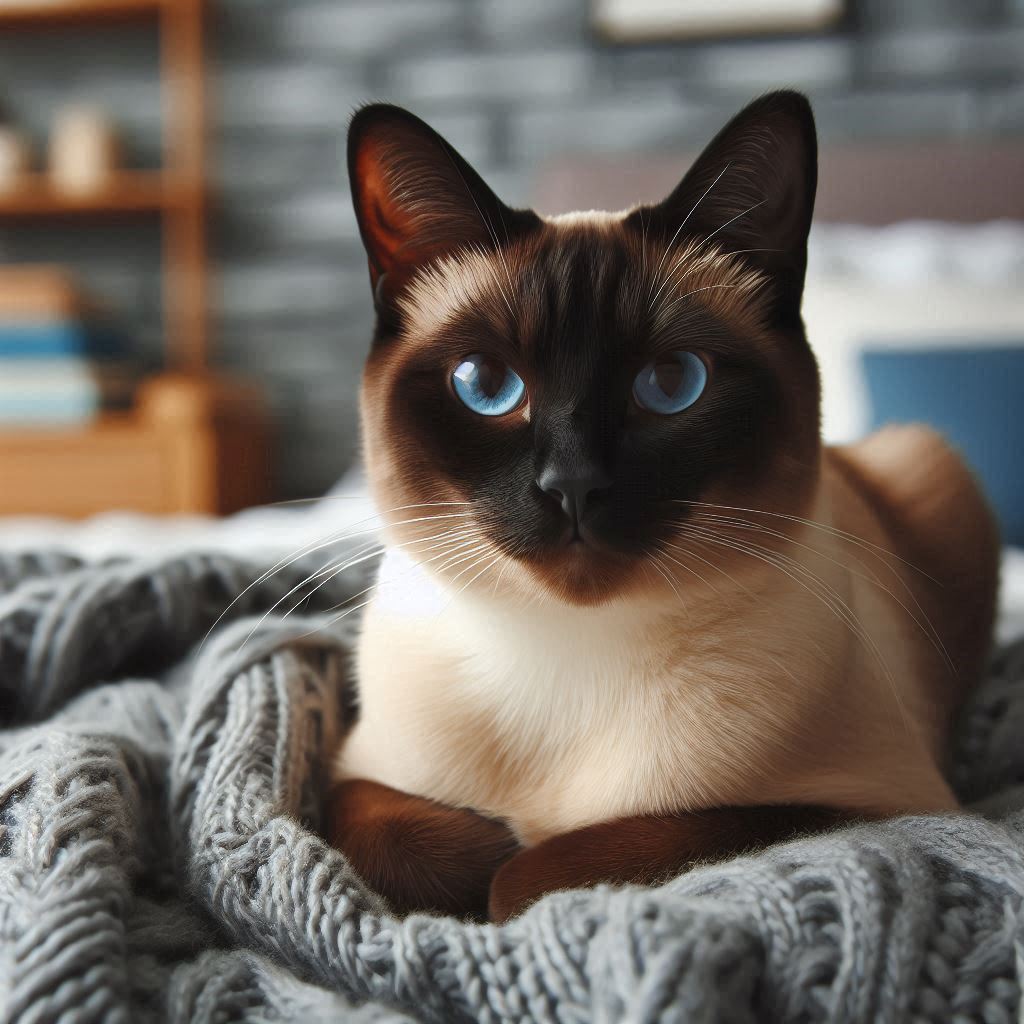The Ragdoll cat is one of the most beloved and unique cat breeds in the world. Known for its striking blue eyes, luxurious fur, and docile temperament, the Ragdoll cat is a favorite among cat lovers. This breed has an affectionate, relaxed nature that makes it ideal for families and individuals alike. In this article, we’ll explore the origins, physical traits, personality, and care requirements of the Ragdoll cat.
Origins and History of the Ragdoll Cat
The Ragdoll breed originated in California in the 1960s. Ann Baker, a breeder, is credited with developing this gentle and beautiful breed. The founding Ragdoll cats were a mix of domestic long-haired cats, specifically a white Angora-type cat named Josephine. After a car accident, Josephine’s kittens were noted to have a particularly calm and docile demeanor. Ann Baker selectively bred these kittens to emphasize their relaxed personalities and stunning looks, ultimately creating the breed we know today.
The name “Ragdoll” comes from the cat’s tendency to go limp and relaxed when picked up, much like a child’s ragdoll toy. This characteristic quickly became one of the breed’s most famous traits.
Physical Characteristics of the Ragdoll Cat
Ragdolls are large, muscular cats with a distinctive semi-longhaired coat. Here are some of their key physical features:
- Size: Ragdolls are one of the largest domestic cat breeds, with males weighing between 15 to 20 pounds and females between 10 to 15 pounds.
- Coat: Their fur is soft and silky, with a medium-to-long length. While their coats are luxurious, they are relatively easy to maintain as they do not mat easily.
- Color and Pattern: Ragdolls come in a variety of colors, including seal, blue, chocolate, lilac, red, and cream. They also have different patterns, such as colorpoint, mitted, and bicolor. Regardless of the specific color and pattern, all Ragdolls are born white and gradually develop their coloration over the first few weeks and months of life.
- Eyes: One of the Ragdoll’s most striking features is their large, oval, bright blue eyes, which add to their sweet and gentle expression.
Personality and Temperament
Ragdoll cats are known for their affectionate, easygoing nature. They are often described as “puppy-like” due to their friendly and people-oriented behavior. Here are some key personality traits of the Ragdoll:
Affectionate:
Ragdolls love being around people and often follow their owners from room to room. They enjoy being held and are famous for their tendency to go limp when cuddled.
Gentle:
These cats are known for their calm and patient nature, making them excellent companions for families with children or other pets.
Playful but Not Hyperactive:
While Ragdolls do enjoy playing, they are not overly energetic or demanding. They have a laid-back nature and can often be found lounging in comfortable spots around the house.
Social:
Ragdolls thrive on interaction and are happiest when they’re with their human companions. They are friendly with strangers and tend to adjust well to new environments, making them great for households with guests or other pets.

Caring for a Ragdoll Cat
Ragdolls are relatively low-maintenance cats, but they still require regular care to stay healthy and happy.
Grooming
Their semi-long fur requires regular brushing, typically once or twice a week, to keep it free of tangles and to reduce shedding. Although their coat is soft, it doesn’t mat as easily as some other long-haired breeds, which makes grooming manageable.
Diet and Nutrition
Like all cats, Ragdolls need a balanced diet that provides the necessary nutrients to support their large frame. High-quality commercial cat food with an appropriate balance of protein and fats is typically recommended. Be mindful of portion sizes to prevent overfeeding, as Ragdolls can be prone to obesity due to their relaxed lifestyle.
Exercise and Enrichment
Though Ragdolls are not as hyperactive as some other breeds, they still benefit from regular playtime and stimulation. Toys, scratching posts, and interactive play sessions help keep them mentally and physically engaged. While they enjoy lounging, Ragdolls also appreciate exploring their surroundings and engaging with their environment.
Health
Ragdolls are generally healthy cats, but like all breeds, they can be prone to certain genetic conditions. Some of the health concerns associated with Ragdolls include hypertrophic cardiomyopathy (HCM), a common heart disease in cats, and bladder stones. Regular veterinary check-ups and monitoring for any signs of health issues can help ensure early detection and treatment.
Why Choose a Ragdoll Cat?
If you’re looking for a loyal, affectionate, and gentle feline companion, the Ragdoll cat might be the perfect match. Their striking appearance, easygoing nature, and love of companionship make them ideal pets for many different types of households. Whether you live alone, have a bustling family, or already have other pets, a Ragdoll cat will likely adapt well to your home and become a cherished part of your life.
Conclusion
The Ragdoll cat is a unique and wonderful breed that captures the hearts of cat lovers everywhere. Their combination of beauty, affection, and laid-back temperament makes them the ideal pet for those looking for a gentle and loving companion. Whether you’re drawn to their stunning blue eyes, their luxurious fur, or their endearing “puppy-like” behavior, the Ragdoll cat will surely bring warmth and joy to your home.



